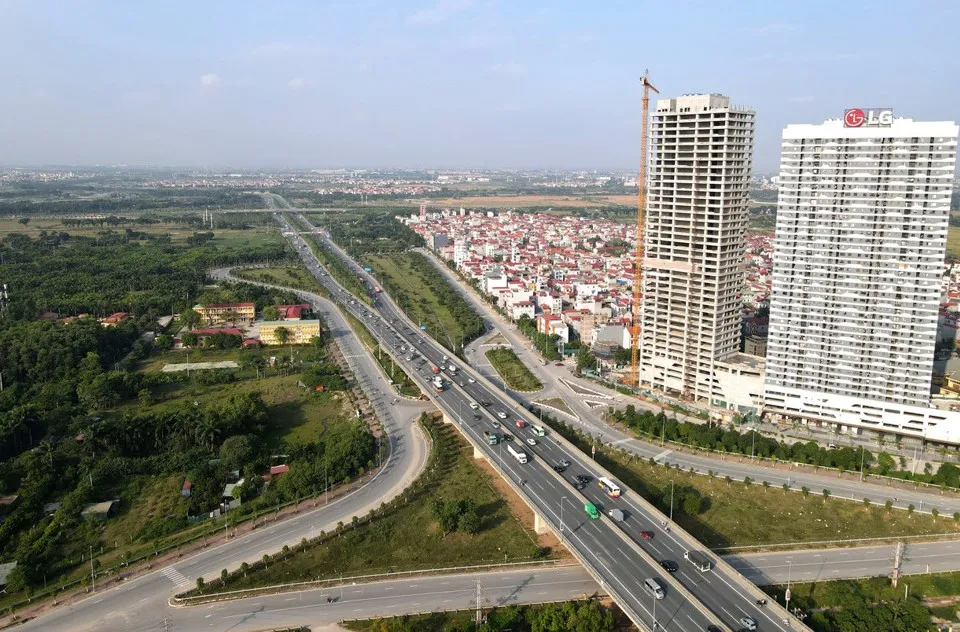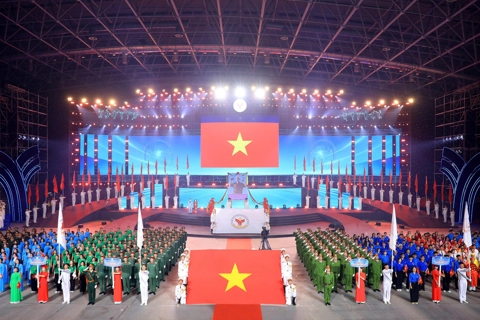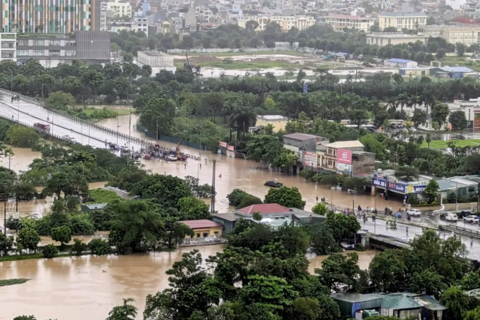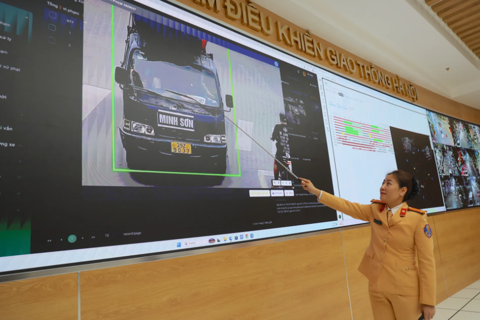New legal framework enables Hanoi’s transformation
Hanoi will continue with its urban cluster model: a central city, five satellite cities, and eco-towns separated by green belts.
Hanoi has recently focused on three key tasks: creating two major plans, amending the Capital Law, and introducing related policies. Completing these tasks is expected to significantly advance the city's development in the new phase.
| The Nhat Tan - Noi Bai axis. Photo: Tran Dung. |
New approach to urban management
As of now, the 2024 Capital Law has been enacted, and two major plans—the Capital Planning for 2021-2030 with a vision to 2050 and the Adjustment of the General Capital Planning to 2045 with a vision to 2065—are in their final stages and will soon be submitted to the Prime Minister for approval.
The Adjustment of the General Capital Planning to 2045 with a vision to 2065, in particular, is a crucial legal foundation for state management of construction planning, investment management, policy making, and development drive in Hanoi.
This plan includes significant new spatial planning elements to alleviate urban pressures during development.
Luu Quang Huy, Director of the Hanoi Institute of Construction Planning, emphasized the thorough and determined approach taken in crafting this adjustment. The city government has closely monitored the progress, and consultants have meticulously coordinated with relevant departments to ensure alignment with the tasks approved by the Prime Minister.
“The plan introduces new spatial and infrastructure development strategies, enhancing regional connectivity and elevating Hanoi's status. Its goal is to establish Hanoi as a northern growth pole and a globally connected city, comparable to the capitals of developed countries,” said Huy.
Pham Quoc Tuyen, Deputy Director of Hanoi's Department of Planning and Architecture, stated that the plan underwent multiple review stages. It was evaluated by the Ministry of Construction in April 2024 and reported to the Politburo in May 2024. Following the Politburo's conclusions and the Prime Minister's instructions, the Hanoi's authorities have refined the plan and prepared it for final submission in September-October 2024.
Transforming Hanoi’s landscape
Architect Trinh Quang Dung, Head of Post-Planning Management under the Hanoi Department of Planning and Architecture, highlighted that the plan follows three major 2022 resolutions of the Politburo and builds on the 2011 General Capital Planning.
Dung added Hanoi will continue with its urban cluster model: a central city, five satellite cities, and eco-towns separated by green corridors. The size of each satellite city has been adjusted to accommodate population growth, with investment prioritized based on specific functions.
The multi-center urban system includes the central city and several satellite cities and eco-towns. This model creates a network of regional, national, and international centers, driving Hanoi's development and preventing uncontrolled urban sprawl.
Dao Ngoc Nghiem, Vice President of the Vietnam Urban Planning and Development Association, added that the proposed urban structure, along with the special policies in the amended Capital Law and the new administrative divisions, will form a comprehensive, modern, and harmonious capital city.
The plan also features five main spatial axes: the Red River axis, the West Lake-Ba Vi axis, the Nhat Tan-Noi Bai axis, the West Lake-Co Loa axis, and the Southern axis. These axes ensure balanced and sustainable development, preserving traditional values while modernizing the city.
The Red River axis, a green and cultural corridor, will enhance urban connectivity with new bridges between Long Bien, Gia Lam, and Dong Anh. The Nhat Tan-Noi Bai axis is planned for financial and economic centers, transforming Dong Anh into a future urban district. The West Lake-Co Loa axis will link historical and future developments. In the West Lake-Ba Vi axis, the alignment and scale will be adjusted to avoid resettlement areas and new constructions, while the Southern axis will connect the southern urban area with a second airport and cultural sites, creating public and open spaces.
“With these five central axes, Hanoi will soon be transformed into a "green, cultured, civilized, and modern" city, comparable to other world capitals,” Nghiem added.












